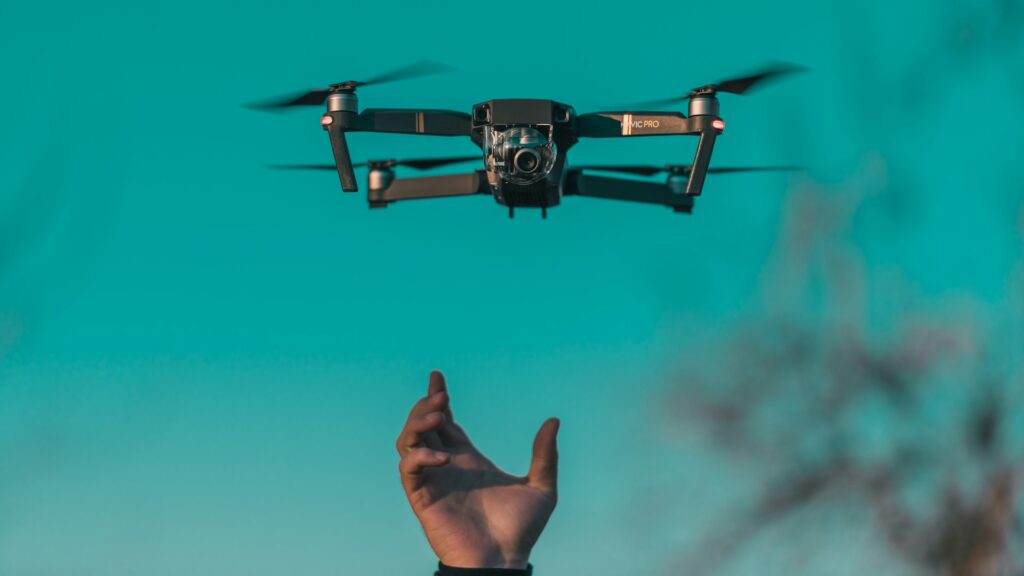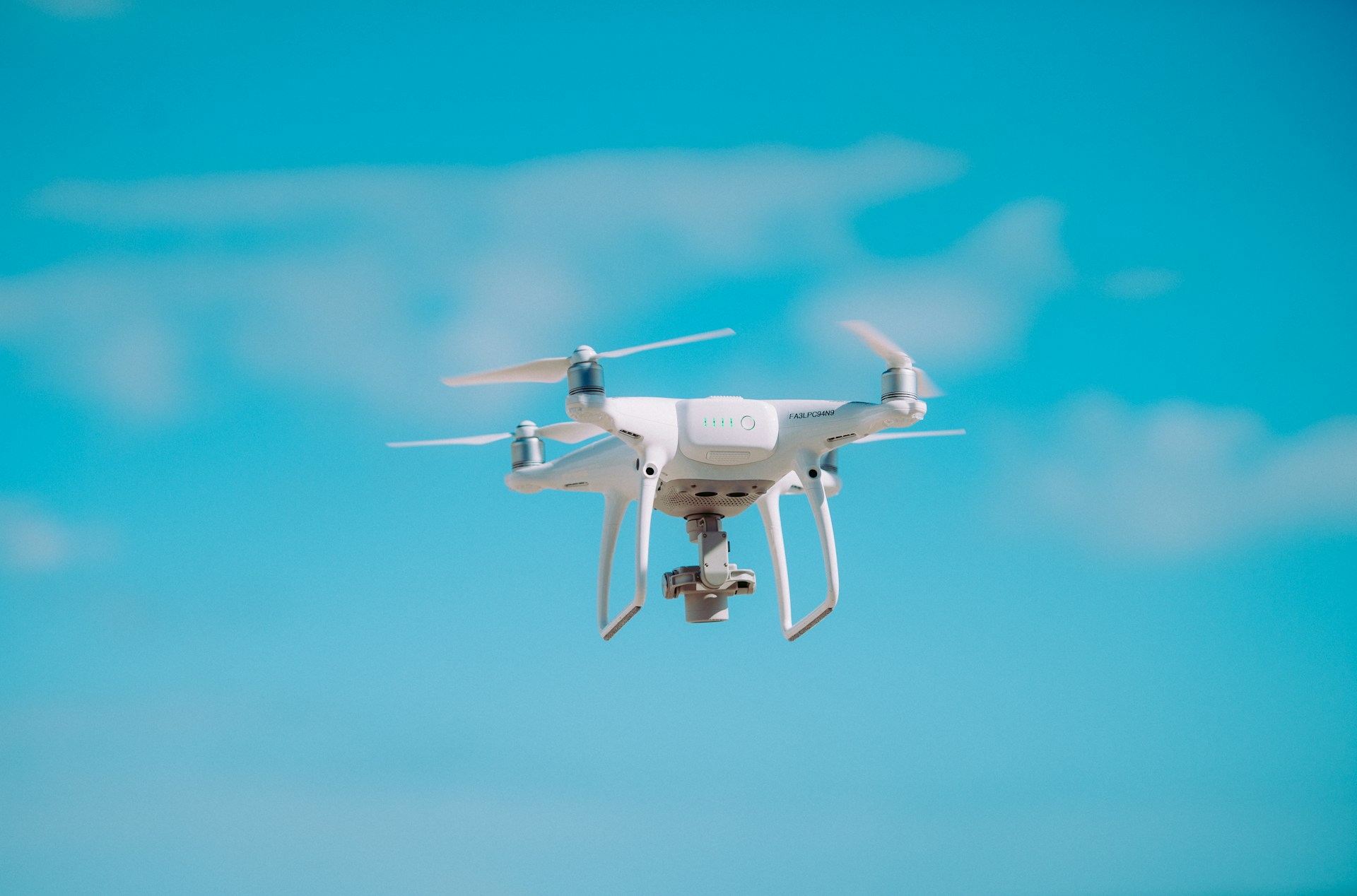Drone Delivery Systems: Solving Last-Mile Logistics in Crowded Cities
The growing urban population combined with rapid e-commerce expansion has made last-mile delivery between warehouses and customers’ locations progressively more difficult.
The increase of road traffic alongside growing delivery expenses and environmental impact requires innovative delivery systems.
The emerging drone delivery system shows potential to transform urban logistics through its speedier efficient eco-friendly package transportation needs.
The Need for Drone Delivery in Urban Areas
A growing number of consumers shop online through cities thus creating an expanding demand for quick delivery services.
Urban last-mile logistics operations encounter major barriers during deliveries in heavily populated areas.
Traffic congestion impedes the speed of conventional vehicle transports.
The expenses rise due to fuel usage and labor payment plus supporting infrastructure requirements.
Delivery truck growth contributes to elevated carbon emissions in the environment.
New drone-based solutions prove to be more efficient than traditional vehicles because they move beyond congested traffic routes and spend less money and create less pollution.
Drones operate under the management of Amazon, UPS and Alphabet through their business unit Wing which works to resolve current delivery challenges.
How Drone Delivery Works
Autonomous aerial vehicles and remotely operated aerial vehicles assist customers by delivering goods from warehouses through drone delivery systems.
The process typically involves:
- Order processing functions include customer order placement while the system verifies which drones are appropriate for the delivery.
- The drone system locks the package inside its cargo compartment through automatic loading methods.
- Flight navigation occurs through urban airspace due to the drone’s implementation of GPS alongside AI and sensors.
- The drone uses a tether to drop down the package or lands it in its assigned drop zone.
Due to their dimensions restrictions drones work best for delivering packages not heavier than 5 kilograms within a limited delivery range for both food and medical necessities and emergency orders.
Challenges of Implementing Drone Delivery
The potential of drone delivery continues to face several significant difficulties.
- Government approvals are necessary for drone delivery because airspace restrictions and safety regulations together with privacy concerns exist as regulatory hurdles.
- Flight stability faces numerous obstacles from weather conditions which include strong winds and rain together with extreme temperature conditions.
- The safe delivery of drones requires cities to implement designated landing zones specifically designed for unmanned flight operations.
- Security Risks must be addressed to stop both thefts and hacks and accidents from happening.
The combination of government institutions with technology firms develops drone-friendly infrastructure systems while developing AI navigation capabilities to fulfill safety requirements.

The Future of Urban Drone Logistics
Drone delivery technology will transform into an established logistics solution because of technological advancements.
The combination of 5G connectivity and AI-powered routing together with hybrid drone designs that use vertical takeoff and landing methods will lead to higher efficiency.
Urban designers plan to include drones in their city mapping so drones can utilize designated air transportation areas for safe operations.
Future applications of drones might establish them as secondary transportation solutions that handle quick deliveries of lightweight items.
Through technological advancements and proper regulatory frameworks drone delivery can revolutionize last-mile distribution thus providing residents with both convenient and sustainable urban service.
Environmental Benefits of Drone Delivery
Drone delivery operates as a carbon emission-reducing technology because it replaces standard delivery trucks with electric-powered drones.
Drone operations using electric power create pollution-free emissions which help decrease urban pollution and build a sustainable logistics model.
Transport by drone simultaneously decreases vehicular traffic levels which decreases fuel usage for other vehicles on the roads.
The Role of AI and Automation in Drone Delivery
The essential function of Artificial Intelligence (AI) in drone delivery consists of route optimization together with obstacle detection and safety maintenance.
Through machine learning algorithms drones learn how to operate during weather changes and they detect safety threats and enhance operational efficiency by processing real-time data.
Through automation package handling becomes enhanced which reduces manual intervention and cuts down the number of mistakes.
Overcoming Public Concerns about Drone Delivery.
Community members have multiple issues with drone delivery services that impact their privacy and create noise problems in addition to safety threats.
Drone operations above residences cause anxiety to numerous people who also worry about machinery failures and undesirable sounds.
Drone delivery providers advance their products by developing quiet drone models and implementing both geofencing limits and sophisticated collision prevention systems to accomplish safe delivery while minimizing public intrusions.
FAQs
1. Are drone deliveries legal in all cities?
The rules concerning drone use differ between international jurisdictions as well as regional authorities within specific regions.
Multiple governments remain in the process of establishing standards which govern the operations of drone deliveries within urban areas.
2. What types of products can be delivered by drones?
Lightweight objects with sizes suitable for drones include food products together with medicine and paper documents as well as consumer electronics.
3. How fast can a drone deliver a package?
Most delivery drones move between 30-60 km/h speed and thus they finish deliveries between 10-30 minutes.
4. How are drone deliveries kept safe from theft or hacking?
Drone delivery systems protect against hacking attempts through the combination of encrypted communication as well as GPS tracking and AI-driven obstacle avoidance capabilities. Drones incorporate safety measures by activating automatic base return functions when someone makes unauthorized attempts to interfere with them.
5. Will drone deliveries replace traditional couriers?
Not entirely. Traditional logistics will continue to deliver big orders and bulk shipments along with small urgent packages by drone logistics providers. A combination of existing delivery methods will make up the future delivery framework.
Also read: Urban Ecosystems: Enhancing Biodiversity in Cities

